“Nuoc non van dam” is a historical novel series planned to have 4 volumes by author Nguyen The Ky depicting the images of Nguyen Sinh Cung - Nguyen Tat Thanh - Nguyen Ai Quoc - Ho Chi Minh and the heroic historical pages of the nation from the end of the 19th century and the first half of the 20th century.
Episode 1 is called "Debt to the Country", depicting Nguyen Sinh Cung, Nguyen Tat Thanh and their loved ones from the poor thatched roof of Nghe An to the capital Hue, then Binh Dinh, Phan Thiet, and Saigon.
Volume 2, titled “Drifting on Four Seas,” depicts the image of Nguyen Tat Thanh, under the new name Nguyen Van Ba, leaving Saigon port on June 5, 1911, crossing the ocean to find a way to save the country, traveling for 30 years from East to West, across four seas and five continents to return to the Fatherland on January 28, 1941.
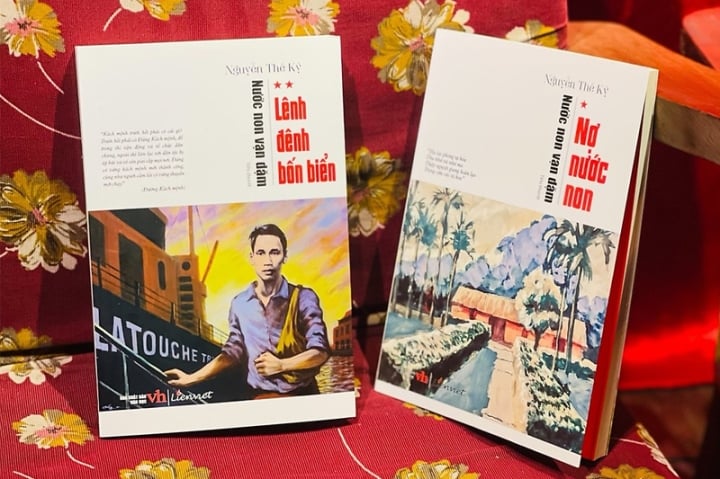
2 books "Debt to the country" and "Drifting four seas" in the novel series "Country and mountains thousands of miles".
Leaving, "Drifting the four seas"
“ - What can you do?
- I can do anything
Thanh replied confidently.
He seemed convinced, or perhaps there was a real shortage of helpers on the ship, so he agreed immediately.
...
- Hey young man, I don't think he will accept you right away. Maybe it's because you can speak French. Many Vietnamese people learn French, but no one who knows French would apply to be a kitchen assistant. So Tat Thanh officially became a kitchen assistant on the Amiral Latouche Tréville, heading out to sea, the destination is France, cutting through the waves. His new name is Nguyen Van Ba .
Volume 2 begins like that. And the entire volume is filled with interesting dialogues so that readers can see more clearly the great qualities through the simple, familiar things of Nguyen Tat Thanh - Nguyen Van Ba - Nguyen Ai Quoc. He intentionally went to the homeland of those who invaded and enslaved his country to better understand the enemies of the nation, to find a way to save the country and save the people.
“Drifting on the Four Seas” - Volume 2 is divided into not-too-long chapters, each chapter is associated with several places, some characters that Ho Chi Minh visited, met, lived and worked (in France, England, the Soviet Union, China, Thailand, returning to Cao Bang...) or each chapter is associated with a turning point political event in Ho Chi Minh's life (the Versailles Conference in June 1919, reading Lenin's thesis in July 1920, attending the Tours Congress in December 1920...), creating the atmosphere of historical events, the atmosphere of social life in the places where he lived and worked, the author has turned dry historical information into vivid stories associated with the life of a man who became a legend during his lifetime - Ho Chi Minh.
The life of a human being with simple, hard-working activities that anyone must do to live, a person with social interactions, activities, relationships, jobs to earn a living and deeply imbued with an aspiration, a will, a determination to find a way out for the nation, to gain independence and freedom has been portrayed more vividly than ever through "Drifting the Four Seas".
With rich experiences and knowledge about natural landscapes, geography, history, culture, customs, lifestyles, and ways of thinking of people in the countries and geographical areas where Van Ba - Nguyen Ai Quoc visited, lived and worked, along with a deep understanding of important political and cultural events associated with the life of Van Ba - Nguyen Ai Quoc, the author has transformed historical events and stories into vivid, attractive, literary and humane images and characters, touching the hearts of many readers.
Nguyen Ai Quoc appeared in the portrait of a real person with romantic feelings, very human emotions, very simple about youthful desires. But then the young man Van Ba - Nguyen Ai Quoc suppressed all those desires, giving top priority to finding a way to save the country and save the people.
“ Annette is a wonderful girl, perhaps I should say special. I can feel that. But, forgive me, Phillipe and my loved ones. I… I… can only see Annette as a very dear sister, like a blood relative… But, Phillipe, it seems that my life no longer belongs to me… I have decided to give my entire life, this existence to my beloved and sorrowful country, do you understand? Does Annette understand and forgive me? ”
On the seemingly aimless journey of the first months, not knowing where to go or where to stay, but deep down in his heart, the young man saw a place to return to: “ Maybe I won’t be here for long, maybe I’ll go somewhere tomorrow. I don’t know yet. The East is the place to return to .”
Meetings and conversations with seniors such as Phan Chu Trinh, Phan Van Truong and progressive French friends, members of the French Socialist Party and the French Communist Party gradually helped Nguyen Tat Thanh see more clearly the immediate tasks he needed to do: " So, Thanh, our first task is to protect the rights of the Annamese people right on French soil, and by some means, gradually regain autonomy for our country and our people. "
With special creativity, volume 2 of the novel has given readers a vivid, detailed, attractive, and realistic picture of Ho Chi Minh's 30-year journey through many countries, through many jobs, meeting many people from ordinary to great, his vibrant political activities and the influence and spread of Nguyen Ai Quoc's activities in the Vietnamese community in France as well as the native community. The major turning points in his perception came from important milestones associated with major events in world history.
Volume 2 is the entire journey of the author from the time he left Vietnam to France, traveled around Africa, America, returned to France with vibrant political activities. He sent a petition to the Versailles conference, read Lenin's draft thesis on national and colonial issues; attended the Tours Congress; went to the Soviet Union with important political activities; returned to Guangzhou, China; went to Thailand; was arrested in Hong Kong; went to Shanghai; returned to the Soviet Union and in the spring of 1941, he returned to his motherland Vietnam. In each step of his journey, through literary creation, the author closely followed the original historical events and literary creations that went along with it.
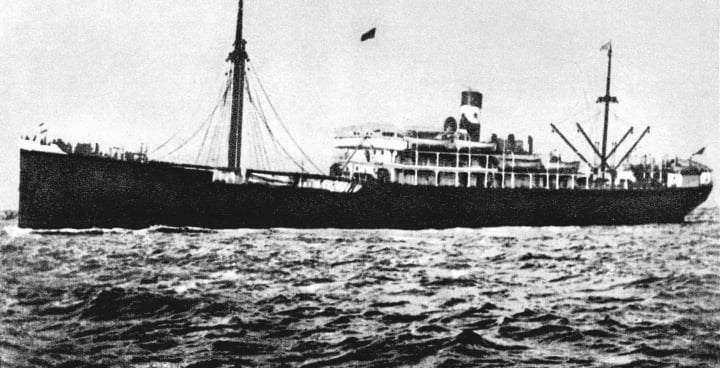
The patriotic young man Nguyen Tat Thanh set out to find a way to save the country on the ship Latouche Treville.
The author helps readers visualize a series of stories about his life, both simple and humble, yet great and noble. Van Ba and Nguyen Ai Quoc, through their literary creations, enter the hearts of Vietnamese people and international friends in a natural, captivating and moving way because before becoming a great man, he was a simple and humble person like millions of other simple Vietnamese people.
Interesting literary creations soften dry historical events, making history come alive, but without losing the authenticity of the essential historical characters and events. Here is a passage describing the event of Nguyen Ai Quoc reading Lenin's thesis and finding the way to save the country:
“ My suffering compatriots! This is what we need, this is the path to our liberation. He trembled as he spoke alone in the small, cramped room filled with books. Outside the small window was a canopy of trees shining brightly in the afternoon sun. The French summer had never been so beautiful and lovely .”
All the essential contents of the subjective factors that make up Ho Chi Minh's ideology will be received by readers in a poetic and attractive way in volume 2 of the novel. The ideals, great ambitions, will, determination, ability to self-study and earn a living of Van Ba and Nguyen Ai Quoc; independent, autonomous, creative, critical, innovative and revolutionary thinking, strategic vision... All of those personal qualities of the person are vividly portrayed in volume 2 of the novel.
In addition, Nguyen Ai Quoc's rich life experience and profound understanding of imperialism, colonialism and colonial regimes not only in theory but also through practical activities in imperialist countries; understanding of national liberation movements in many continents... All of that knowledge and experience were also skillfully portrayed by author Nguyen The Ky through his writings to create a very realistic, very vivid and attractive literary image of Van Ba - Nguyen Ai Quoc - Ho Chi Minh.
Read volume 2 of the novel to see the arduous, difficult journey, through many hardships but also imbued with joy, happiness and the sweet aftertaste of human love, love of life in 30 years of "Drifting the four seas" of Nguyen Ai Quoc. From there, we appreciate more the contributions of Nguyen Ai Quoc - Ho Chi Minh to the country and people of Vietnam, understand that Ho Chi Minh's ideology began to emerge from there as a product exchanged for sweat, tears, and prison; a product crystallized by his sharp intelligence through the process of self-study, self-awareness, self-movement with revolutionary nature and constant efforts to overcome adversity.
From a very early age, he “played” with progressive, benevolent French friends, relying on their help to find ways to fight against the French colonialists in his country and in many other countries. The image of Phillipe and Annette is an extremely unique literary creation in this book.
The author creates the image of a French soldier, serving in Indochina, when his term of service ends, returning home on the same admiral ship as Van Ba - Nguyen Ai Quoc. As a soldier of the mother country in Annam, Phillipe understands imperialism, understands the colony better. And from this understanding, Phillipe became a friend of Van Ba - Nguyen Ai Quoc, shared and helped Nguyen during the time he lived and worked in France.
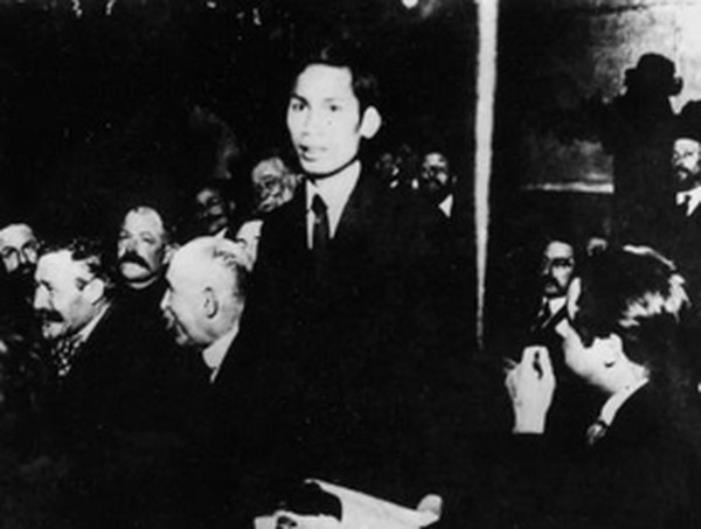
Nguyen Ai Quoc at the 18th Congress of the French Socialist Party in Tours, December 1920.
The image of Phillipe appears in many chapters of the book. Phillipe was not only present during Nguyen Ai Quoc's stay in France but also in many places on his journey. Not only Phillipe but also his wife, his sister - Annette and other loved ones became the support in many aspects so that Nguyen Ai Quoc could be confident on his journey to find a way to save the people and the country.
The author’s literary creation of letting Nguyen Ai Quoc wear Phillipe’s wedding dress to attend the Tours Congress was really interesting. That creation added more meaning and appeal to the stories described. It was the wonderful relationship between the colonial people and the people of the mother country that contributed to the destruction of colonialism, bringing independence and freedom to the colonies.
The French colonialists were the enemies of the Vietnamese people, but the French people were the friends of the Vietnamese people. Nguyen Ai Quoc's new awareness was vividly reinforced through his relationships with French friends on his long 30-year journey. The touching story of Nguyen Ai Quoc's relationship with a person working in the Paris police department, who secretly informed Nguyen Ai Quoc that he was being followed by the police and helped him to ensure his safety is one of many touching stories described in volume 2 of the novel.
“ At noon on the second day of Tet 1941, the whole group arrived at the border marker between Vietnam and China... The revolutionary road ahead was still very long and full of thorns and rapids, but he would definitely reach the destination with his comrades and compatriots. Nguyen Ai Quoc told himself as he placed his hand on the stone marker on a cold spring day. It was cold, but in his heart it was as if a fire had just been lit. ”
Try reading a chapter from volume 2 - Chapter 4
Chapter 4, about the Versailles Conference and the Petition of the Annamese People, is a highlight of volume 2. In the 29 pages of the novel in chapter 4, Nguyen The Ky was very successful in recreating the atmosphere of the Versailles Conference and the enormous influence of the Petition.
The selected historical content included in the novel helps readers understand the historical context and attitudes of the countries participating in the Versailles Conference; the Versailles Peace Treaty system; the content of the Petition signed by Nguyen Ai Quoc; the reason the Conference ignored this Petition; the reason Nguyen Ai Quoc sent the Petition to the US President.
However, the advantage of the literary form helps the author create a vivid historical atmosphere to help readers visualize the work and process of Nguyen Ai Quoc spreading the petition in the Vietnamese community in France and spreading it to the Indochina colony.
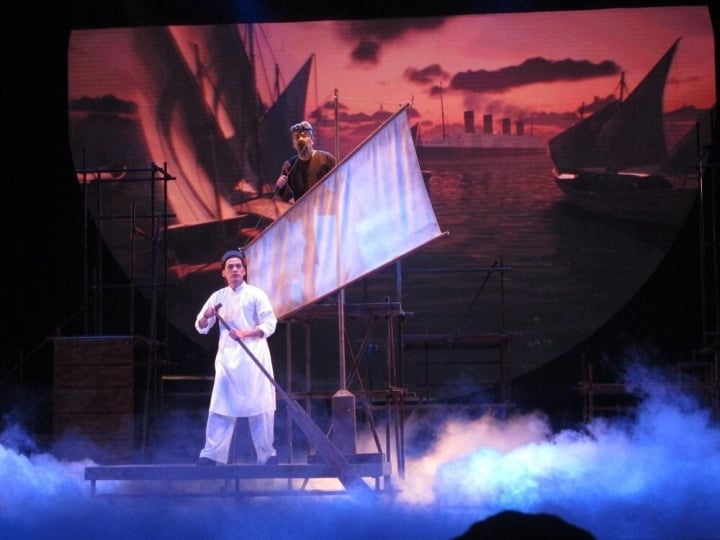
A scene from the stage play "Debt to the Country".
The enormous influence of the petition in the overseas Vietnamese community in France and in international public opinion is expressed in the form of interesting conversations or expressive and meaningful literary details. Phillipe's sister, Nguyen Tat Thanh's close friend, with just a greeting "Hello Nguyen Ai Quoc", the name that Nguyen Tat Thanh chose for himself and the first time someone called him that made him surprised.
The overseas Vietnamese in the neighborhood where he lived, after the petition was published, greeted him with the new name Nguyen Ai Quoc and expressed their willingness to support and help him in all necessary matters simply because they were also patriots.
The appointment to meet Nguyen Ai Quoc by the Minister of Colonies, Anbe Xaro, after the petition caused a storm in French public opinion, the meeting with the Paris secret service agent (who surprisingly was an ally of Nguyen Ai Quoc) and the conversations are products of the author's imagination based on historical documents and the author's knowledge and experience, making readers feel as if they were immersed in the atmosphere of Paris in the early 20th century.
The role of Phan Chu Trinh, Phan Van Truong and some others, their influence on Nguyen Ai Quoc's political activities in France; the path they chose; the path of the Russian October Revolution; Nguyen Ai Quoc's still unclear path up to June 1919 were presented in an attractive, interesting and memorable way in literary form through dialogues.
There are interesting historical details that the author has exploited very subtly in chapter 4 of volume 2. The book Le feu (Fire and Smoke) by Henri Barbusse about World War I from his own real experience - a combatant, was read by Nguyen Ai Quoc voraciously until he forgot about space and time in a Paris summer in 1919.
A book whose author was a citizen of a colonial country with numerous colonies wrote: “ The future will be in the hands of the slaves ”. The book that Nguyen Ai Quoc believed would become an important work in the history of French literature. Nguyen Ai Quoc could not have imagined that in the late afternoon of the closing day of the Tours Congress, December 30, 1920, the author of “Smoke and Fire” was standing at the door of the meeting room waiting to shake hands and talk with him.
Henri was a journalist at the time. The conversation opened up interesting things about the similarities between the ideals of two people from two very different, even opposite, countries: a mother country and a colony of that mother country.
With only 29 pages of the novel, chapter 4 has brought readers true knowledge and emotions about historical events that if approached by listing events in history as we have been doing for a long time, history would only be history on paper, difficult to enter the hearts and minds of learners and readers.
In other chapters of volume 2, readers will also feel surprised and excited when approaching familiar historical information in literary form. Literary stories make historical events come alive and attractive.
It can be said that, after completion, this will be a massive novel about the entire life and great revolutionary career of leader Ho Chi Minh. The novel is not only a purely literary product but more than that, it is also a valuable historical novel for learning about the life, career and ideology of the beloved leader of many generations of Vietnamese people - Uncle Ho.
Volume 2 of the novel series helps readers visualize clearly and in detail without straying from the official history of Nguyen Ai Quoc - Ho Chi Minh's 30 years of wandering abroad. The separate historical events are linked together in a historical space, with the plot, characters and dialogues creating a system of attractive, engaging, and logical historical stories about Nguyen Ai Quoc - Ho Chi Minh on the journey of thousands of miles.
The way of figuratively representing historical figures in the way that writer Nguyen The Ky did should be highly encouraged to help “our people know our history”, to “understand the origin of the Vietnamese nation”. To know to appreciate, to be proud of and to preserve the achievements that our ancestors had to pay for with blood, bones, tears and countless sacrifices that cannot be measured.
Associate Professor, Dr. Tran Thi Thu Hoai
Useful
Emotion
Creative
Unique
Source


![[Photo] Visiting Cu Chi Tunnels - a heroic underground feat](https://vstatic.vietnam.vn/vietnam/resource/IMAGE/2025/4/8/06cb489403514b878768dd7262daba0b)





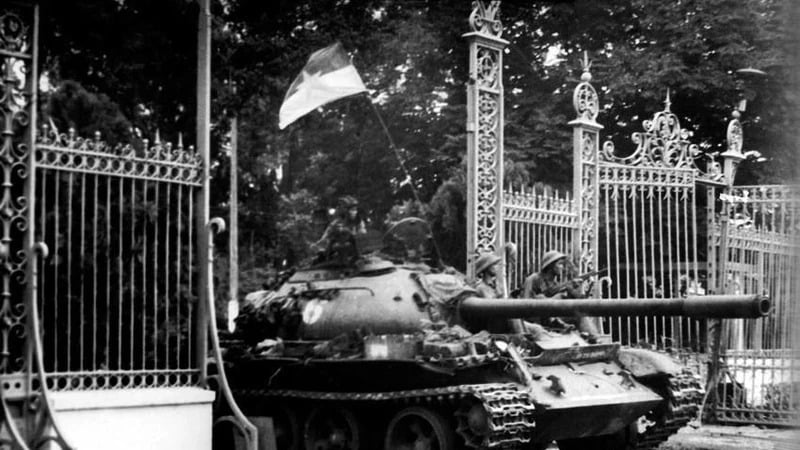

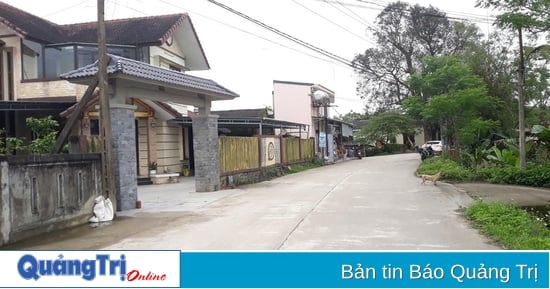
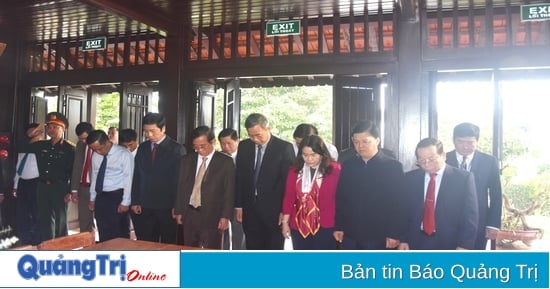
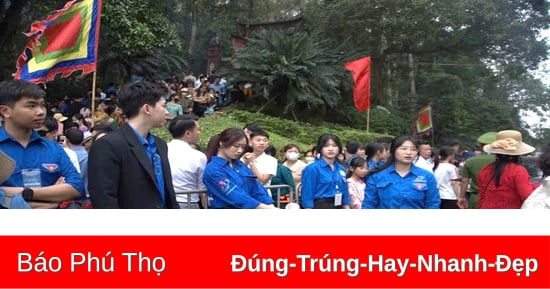
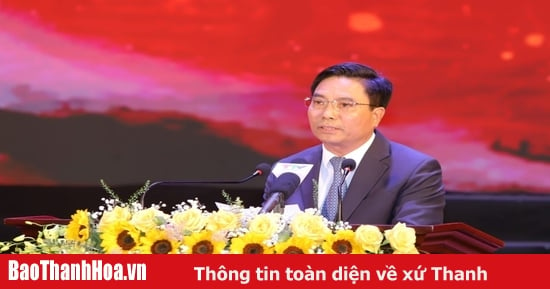


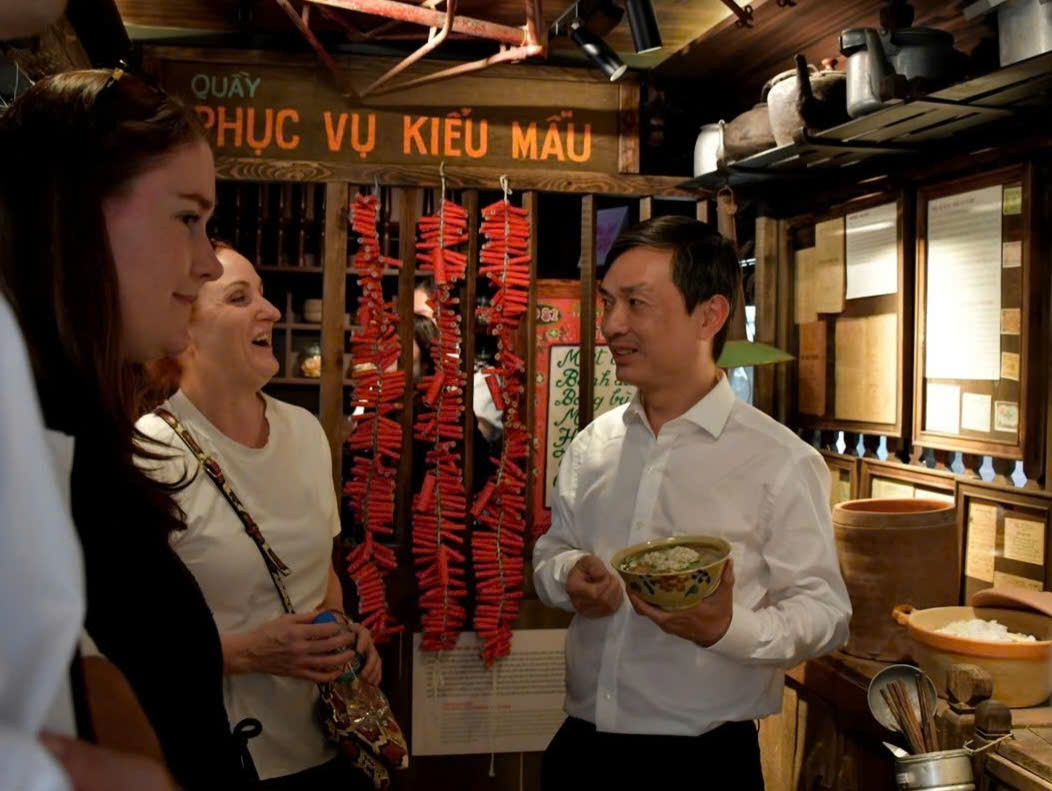
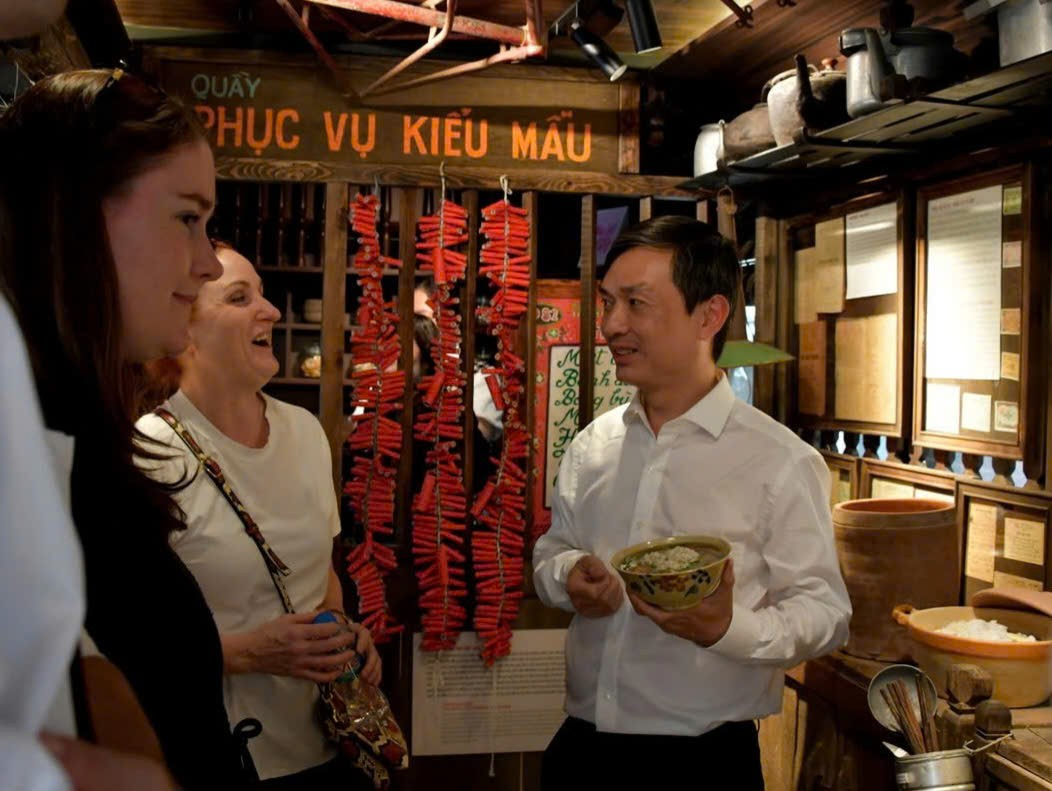
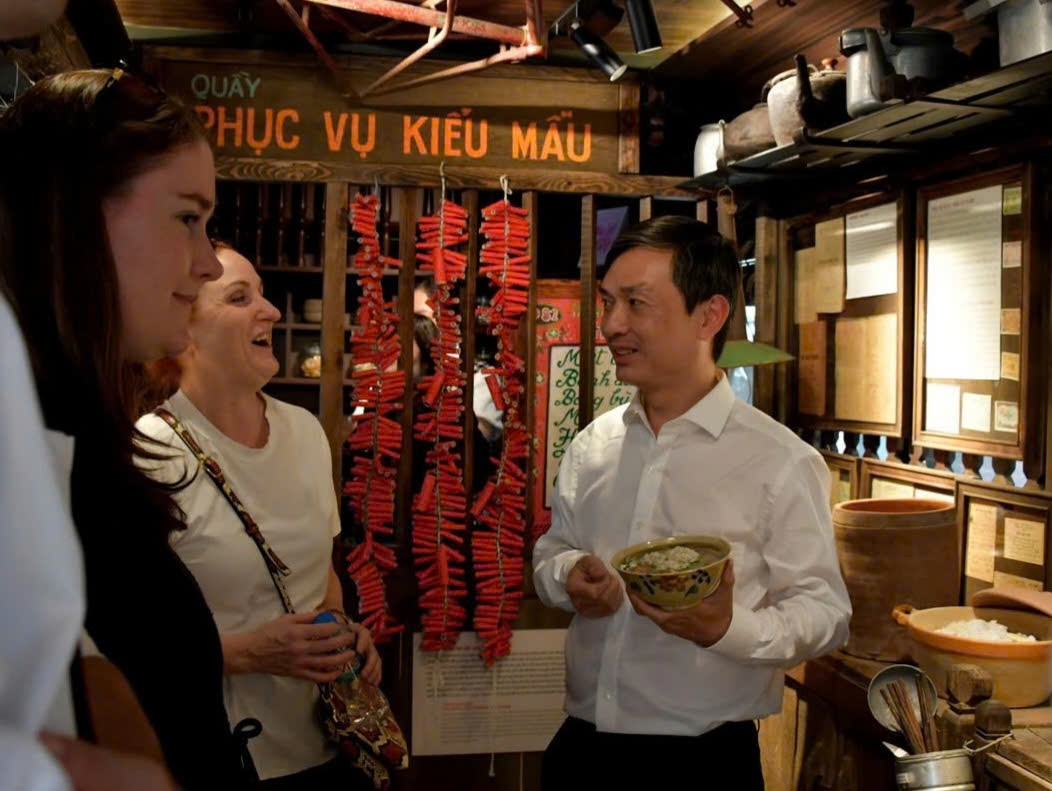
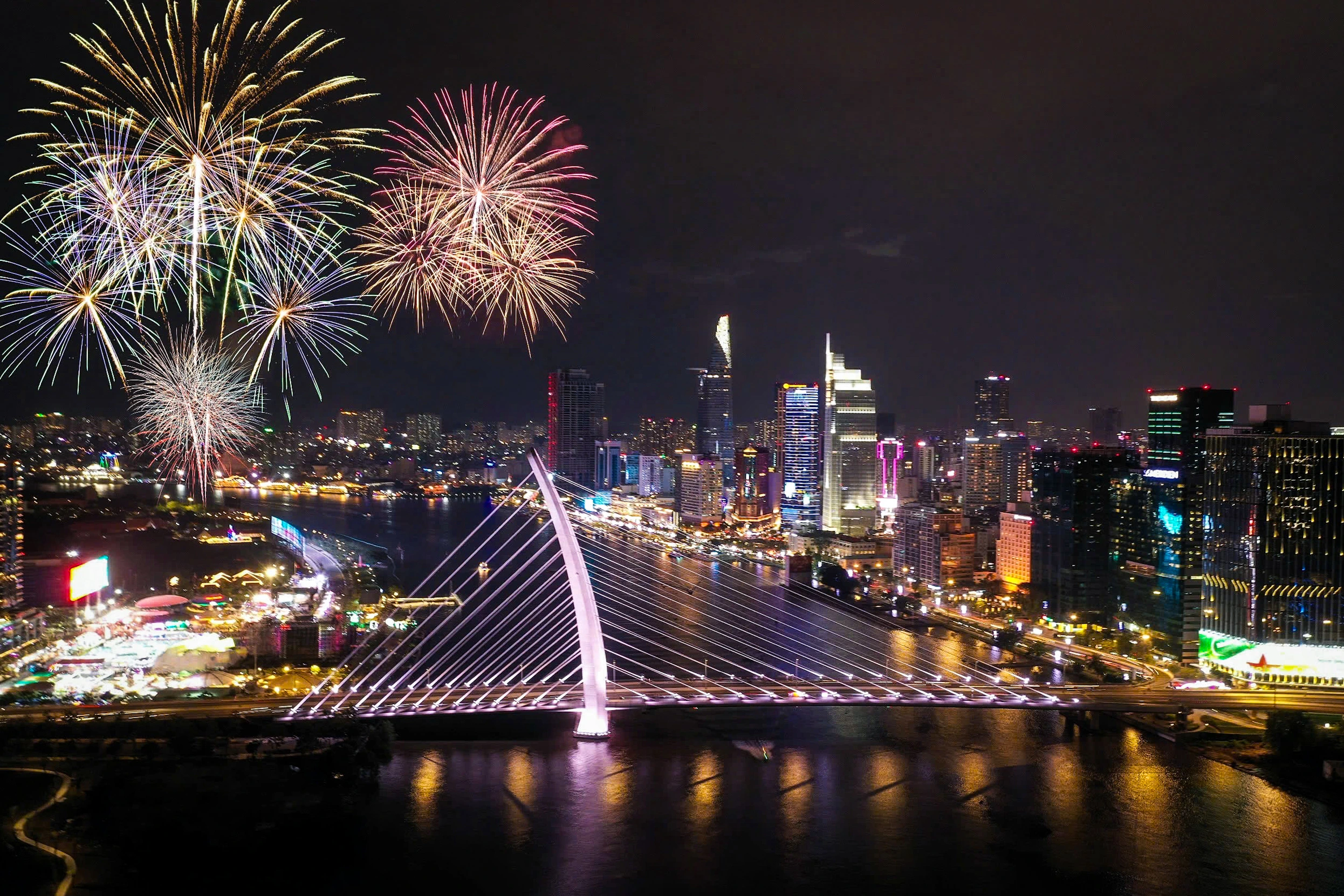
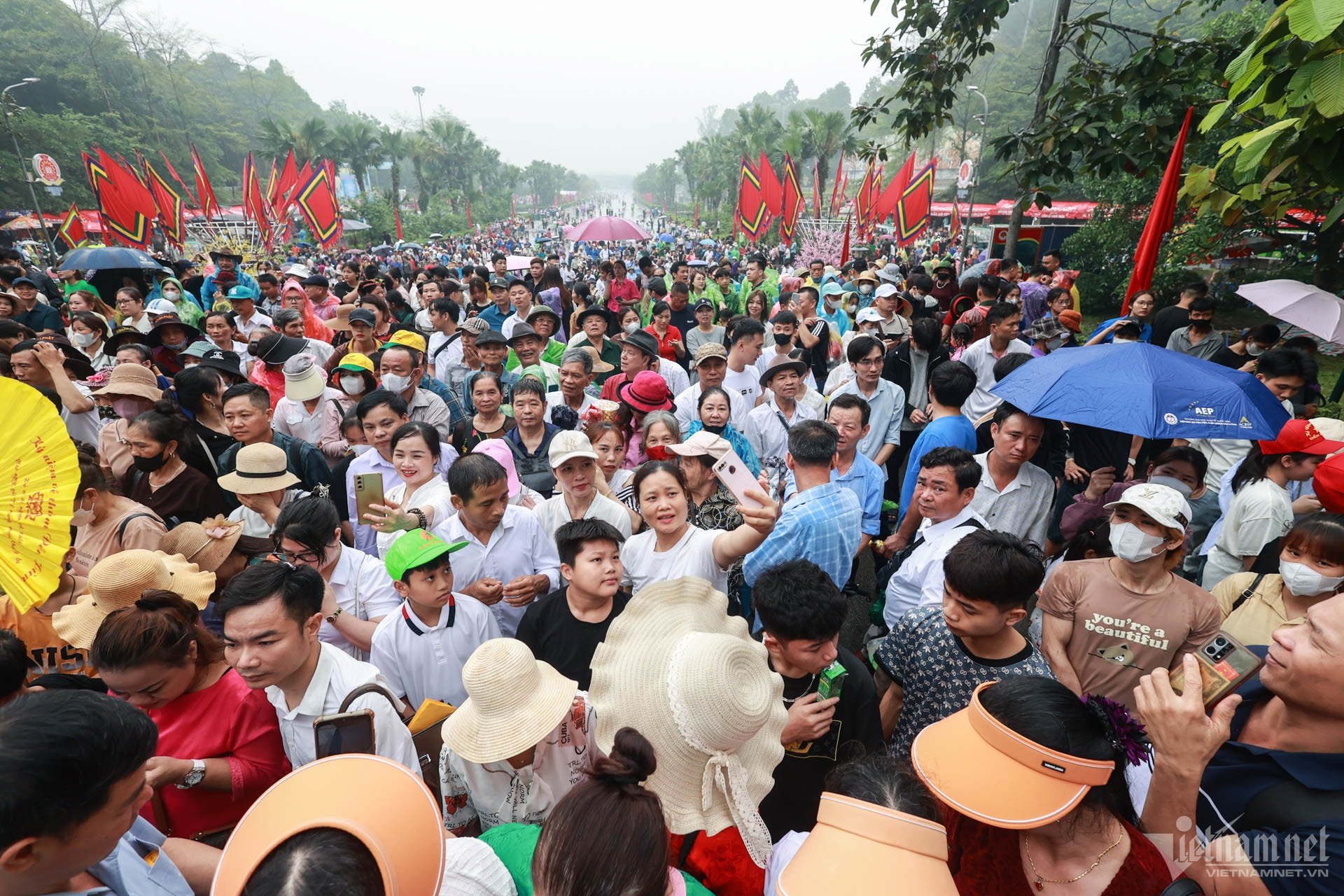





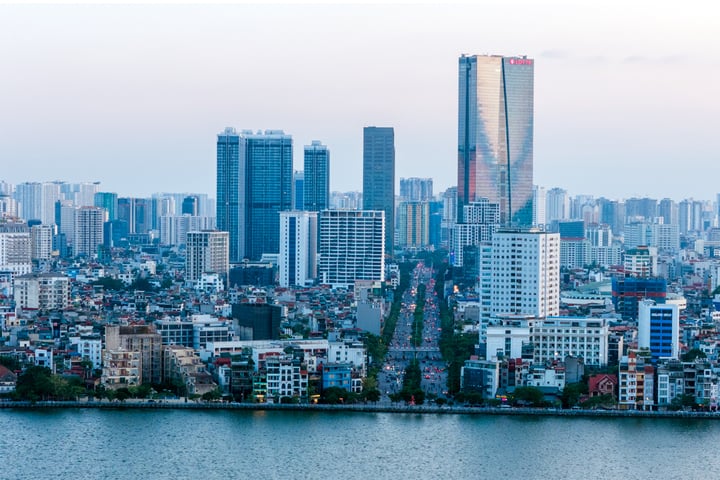
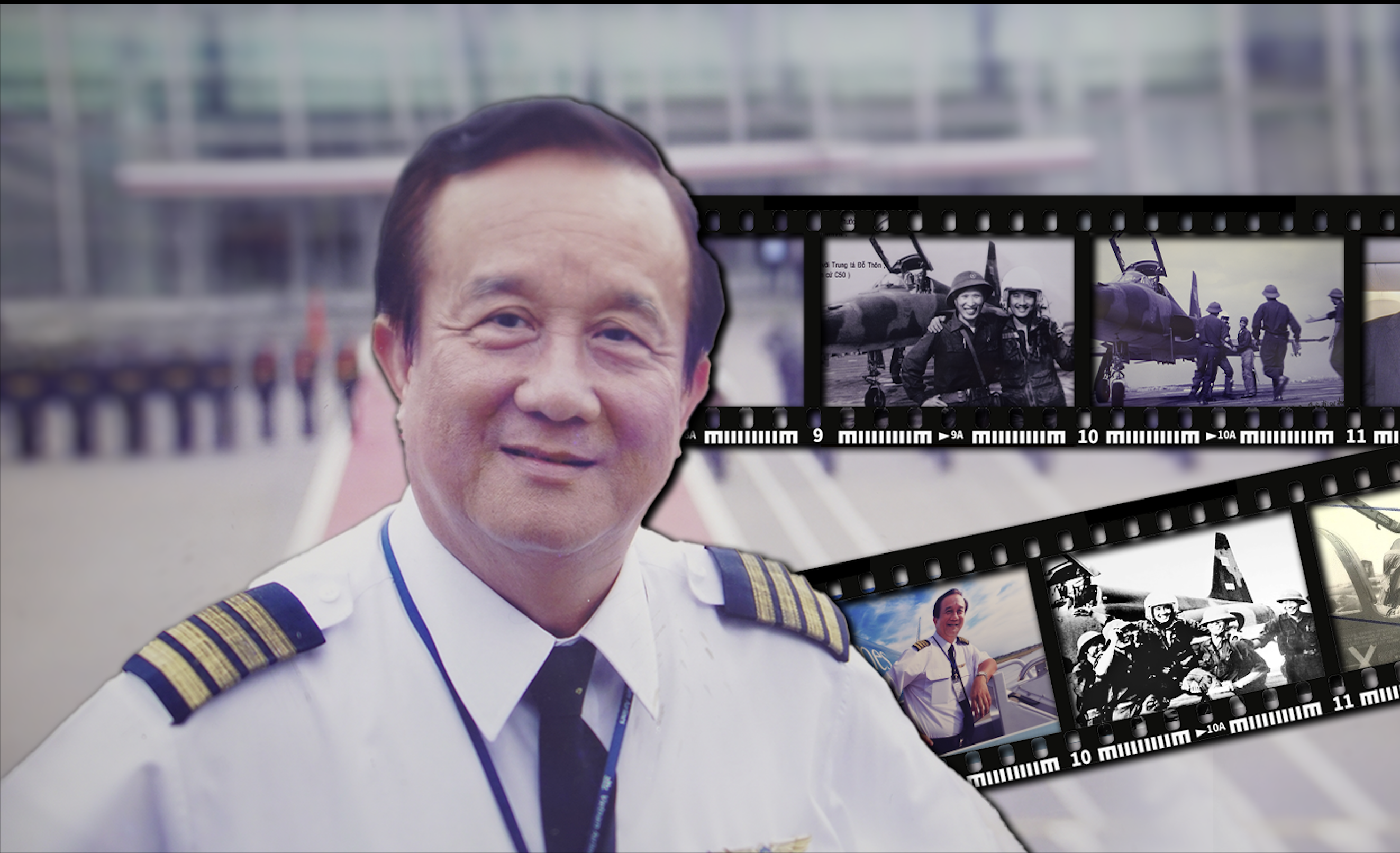
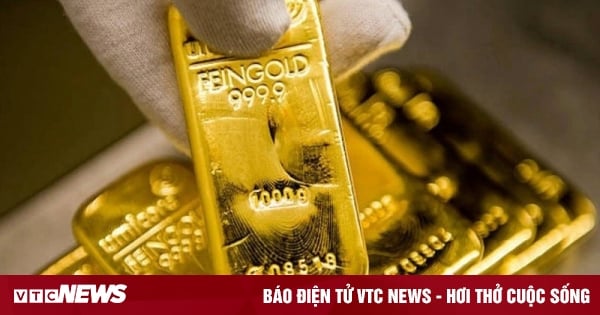






































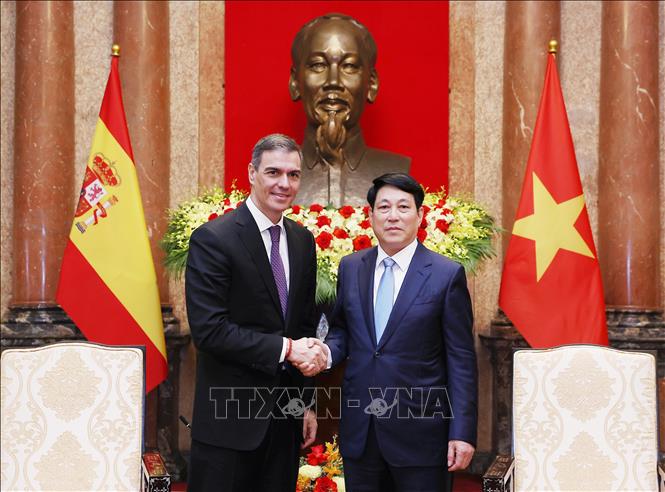








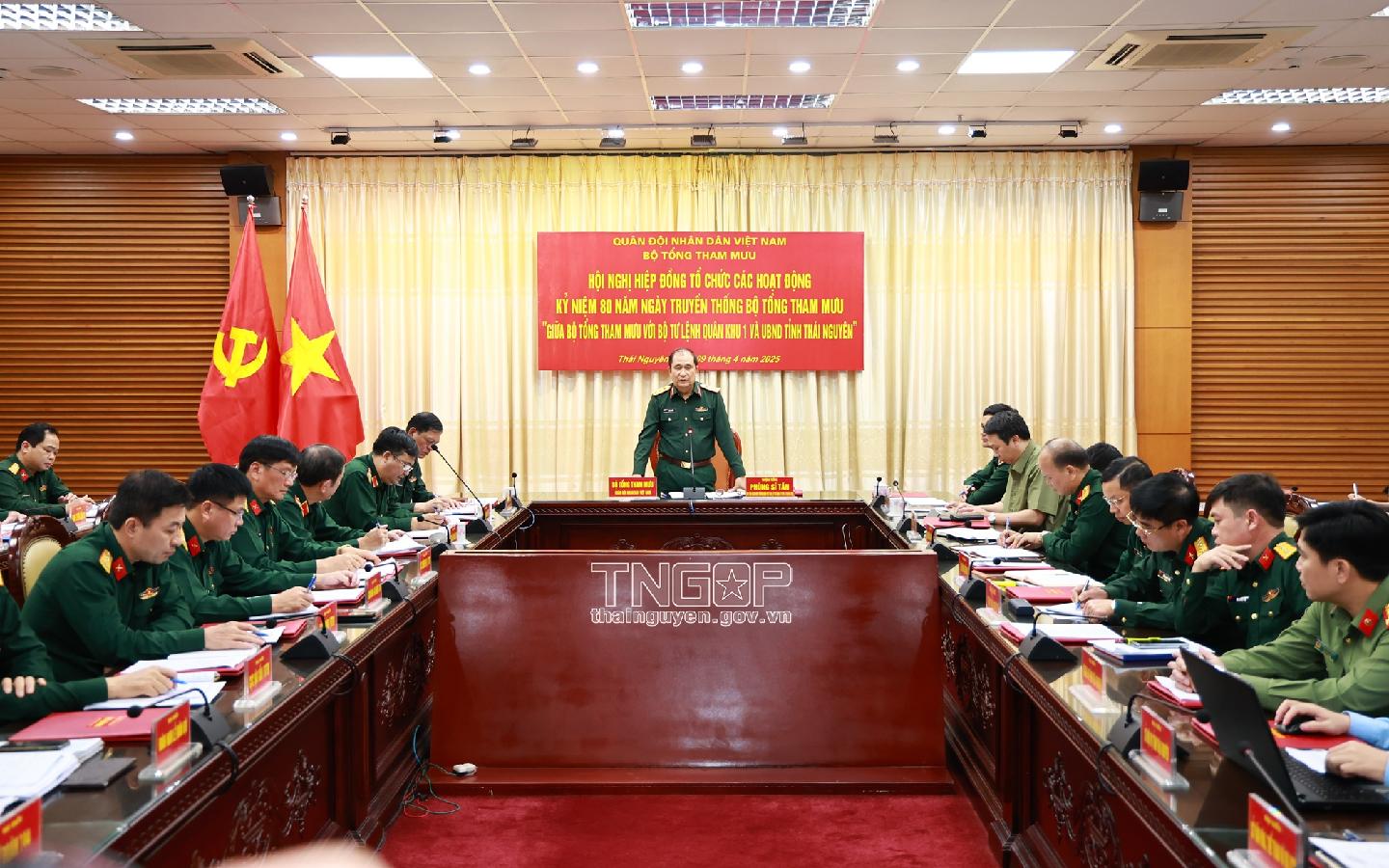
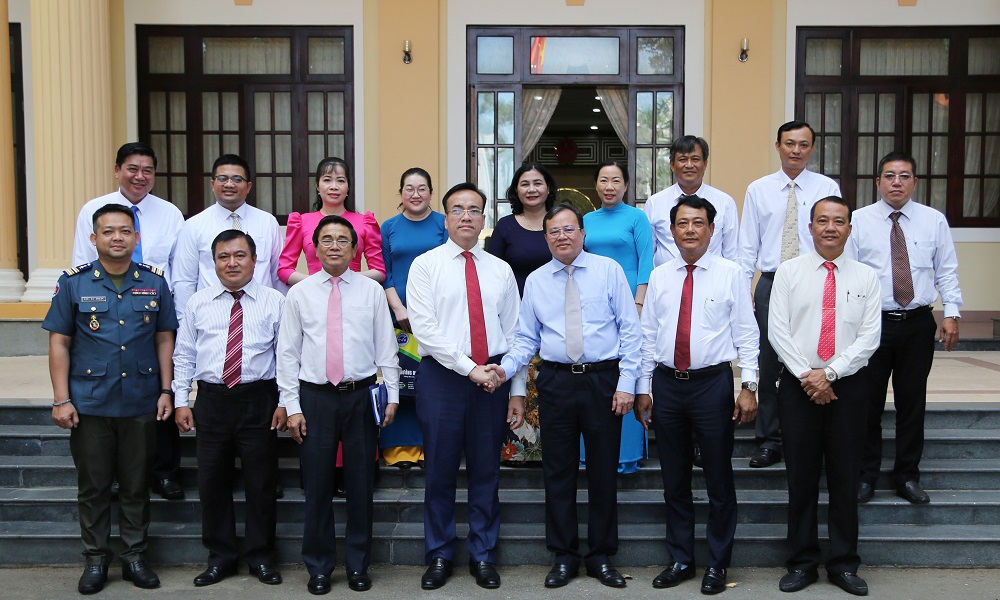
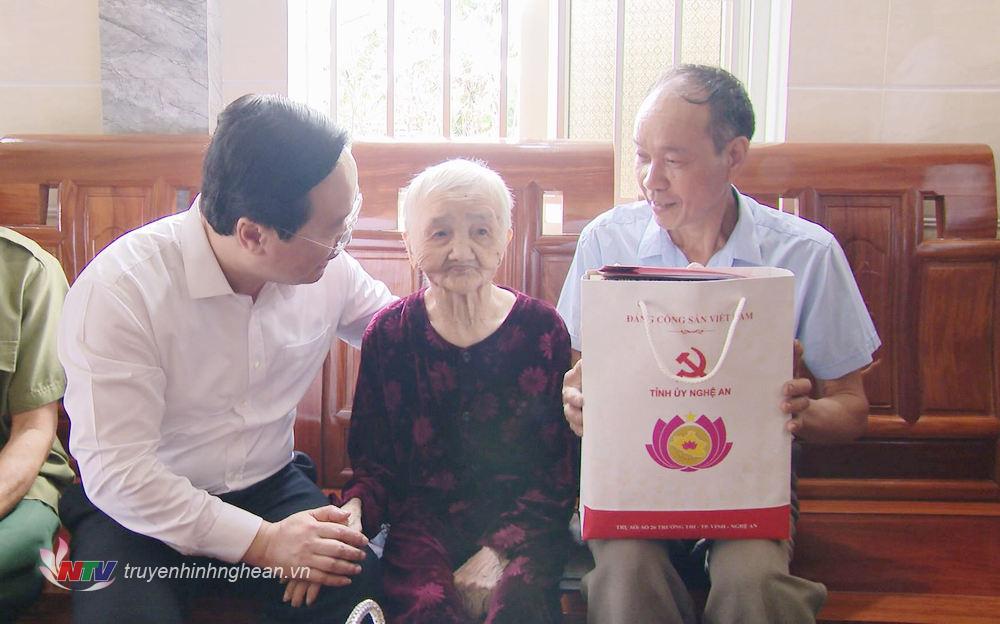

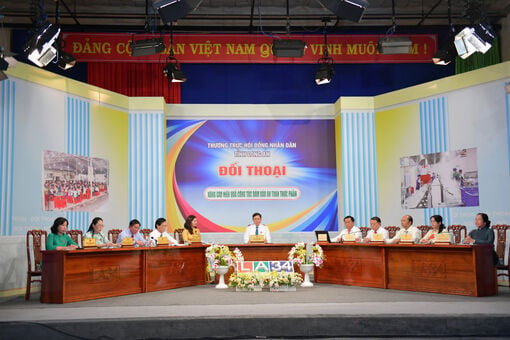











Comment (0)